At the heart of Ubisoft and Massive Entertainment’s impressive Avatar: Frontiers of Pandora is a story about reconnecting with one’s roots and heritage.
Ripped away from their clan as a child, the protagonist must grapple with learning about their culture through the lens of other clans, given that the villainous RDA went to great lengths to exterminate the much-respected Sarentu. One of the most effective ways this theme is communicated is through Frontiers of Pandora‘s cooking system, a mesh of mechanical and thematic elements that both provides the player with gameplay buffs and also an insight into how the Na’vi live. The Escapist had a chance to discuss this aspect of the game with Massive Entertainment and learn about how the development team managed to communicate such a complicated message.
The Escapist: When it came to creating the various foods and cooking materials in Frontiers of Pandora, was there a pre-established lore bible the team could pull from, or were they provided creative freedom to make your own meals?
Massive Entertainment: The Lightstorm Entertainment team has a wealth of knowledge and documentation on all aspects of the world of Avatar, so we were able to use some of this pre-existing information as a base to start from. From there, we researched a lot of different real-world references of how and why food evolves for different cultures depending on geography and other factors. Then, we thought a lot about our own new clans that we created for the Western Frontier in Avatar: Frontiers of Pandora and applied those learnings to create a culinary identity for each clan depending on what kind of ingredients and materials surrounded them, the climate of the region they’re in, and what makes them unique as a culture. Because we were expanding on the lore of Avatar with new plants, wildlife, and biomes, it also provided us with an opportunity to incorporate those into cooking.
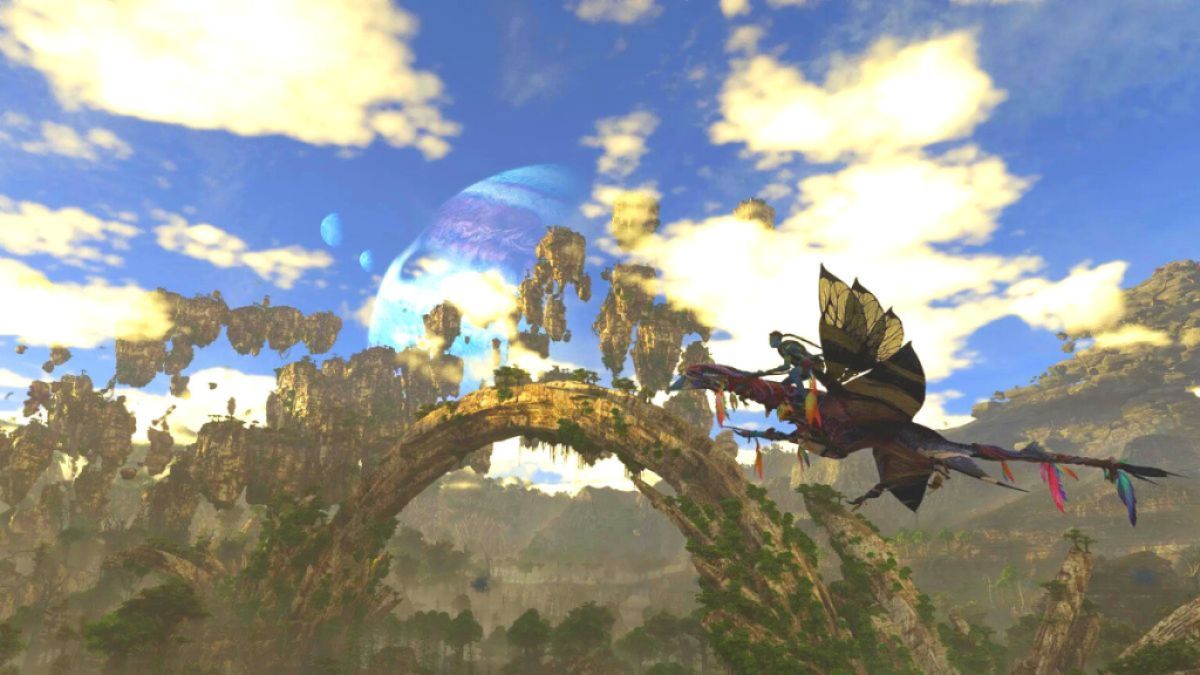
Food and cooking are obviously a process that’s explicitly linked to one’s culture and heritage. Can you explain how the introduction of these systems symbolizes the protagonist reconnecting with the Sarentu clan and throwing off the shackles of the RDA?
Since the player was raised by humans as part of “The Ambassador Program,” they would not have eaten Na’vi food or anything that really came from Pandora for most of their life. When they escape, they need to reconnect with Pandora, which means living off the land by harvesting and hunting. It’s obviously a bit of a metaphor, but while the player character is reintroduced to their world and re-learning what it means to be Na’vi, the player is also simultaneously learning about the different ingredients and what kind of buffs they provide to make them stronger.
Related: Hating Avatar Is Popular, But I’m Excited For Frontiers of Pandora
At what point in the development process did the team come up with the idea of expanding on the Na’vi culture through their food and cooking?
The team has always been very interested in conveying the different cultures of our clans, and one way to accomplish that is through the food they eat. Food plays a significant role in defining and understanding different cultures in the real world, so we were looking to bring that to Avatar: Frontiers of Pandora, too. We also have a lot of foodies on the team, so it was fun to incorporate this into the game and think about all the different delicious dishes that the Na’vi might make. From a gameplay perspective, we had a clear need to supplement crafting and the other various quests and activities to drive the player to explore the beautiful world of Pandora, and we really wanted to emphasize that the player’s power comes from nature. The more you learn about Pandora, including its food, the more powerful you can become.
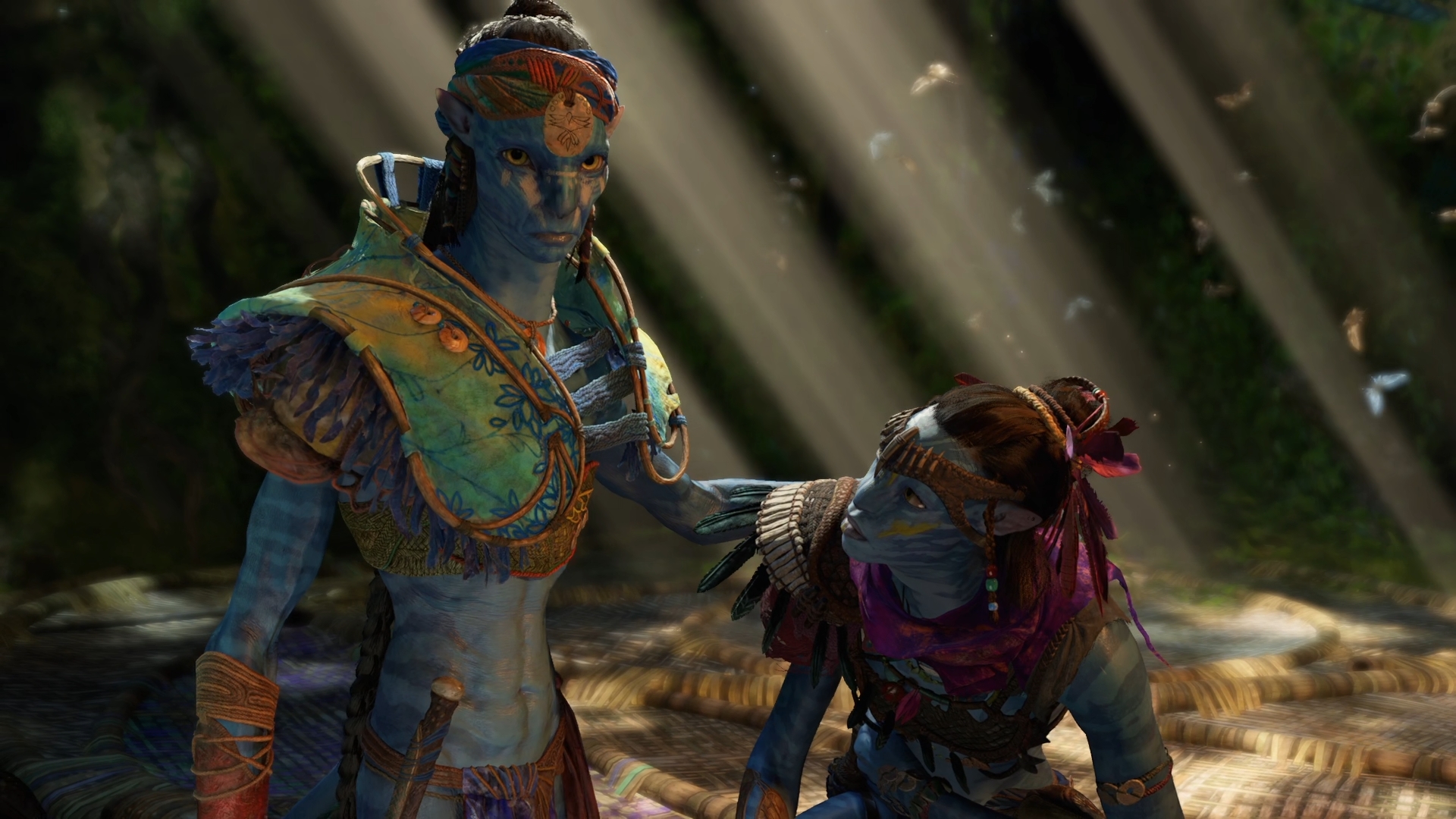
When it comes to expanding the culture of the Na’vi, what sort of creative expression did Disney/Fox/James Cameron allow for total creative expression? Do those entities have a specific set of rules creators have to follow?
We worked directly with the teams at Lightstorm Entertainment and Disney to create the new clans of the Western Frontier, and the relationship was highly collaborative, so we could pretty freely and rapidly share ideas with each other. Something we learned very early on in our collaboration was that everything in the Avatar universe needs to be grounded, logical, and make sense scientifically – “science fact,” not “science fiction.” Therefore, we spent a lot of time thinking about exactly how the different clans would acquire the different ingredients for food, how they would prepare it, what temperature they would prefer to consume it, how they would store it, and lots of other details. For example, the Kame’tire of the Clouded Forest often eat soups, broths, teas, or other warming food types due to the relatively cold and damp climate of the region. By contrast, the Aranahe often pick their food that grows in abundance in the lush Kinglor Forest and makes it into wraps. Finally, the Zeswa use the milk of the huge Zakru that is a backbone of their way of life to create all sorts of cheeses and other fermented products in their dishes.
The “pot” used to cook in Frontiers of Pandora is, to my knowledge, a new concept and design. It looks relatively modern in comparison to the pot scene in the movies. Can you speak to its design at all?
The pot is based off concepts developed by the Lightstorm team and actually used in the Disney park ride. We essentially started with that concept and then made a few adjustments to fit gameplay, including making a flatter surface at the bottom to display the ingredients being placed by the player and adding holes to the lid to redistribute the heat and allow the smoke and steam effects to come out.
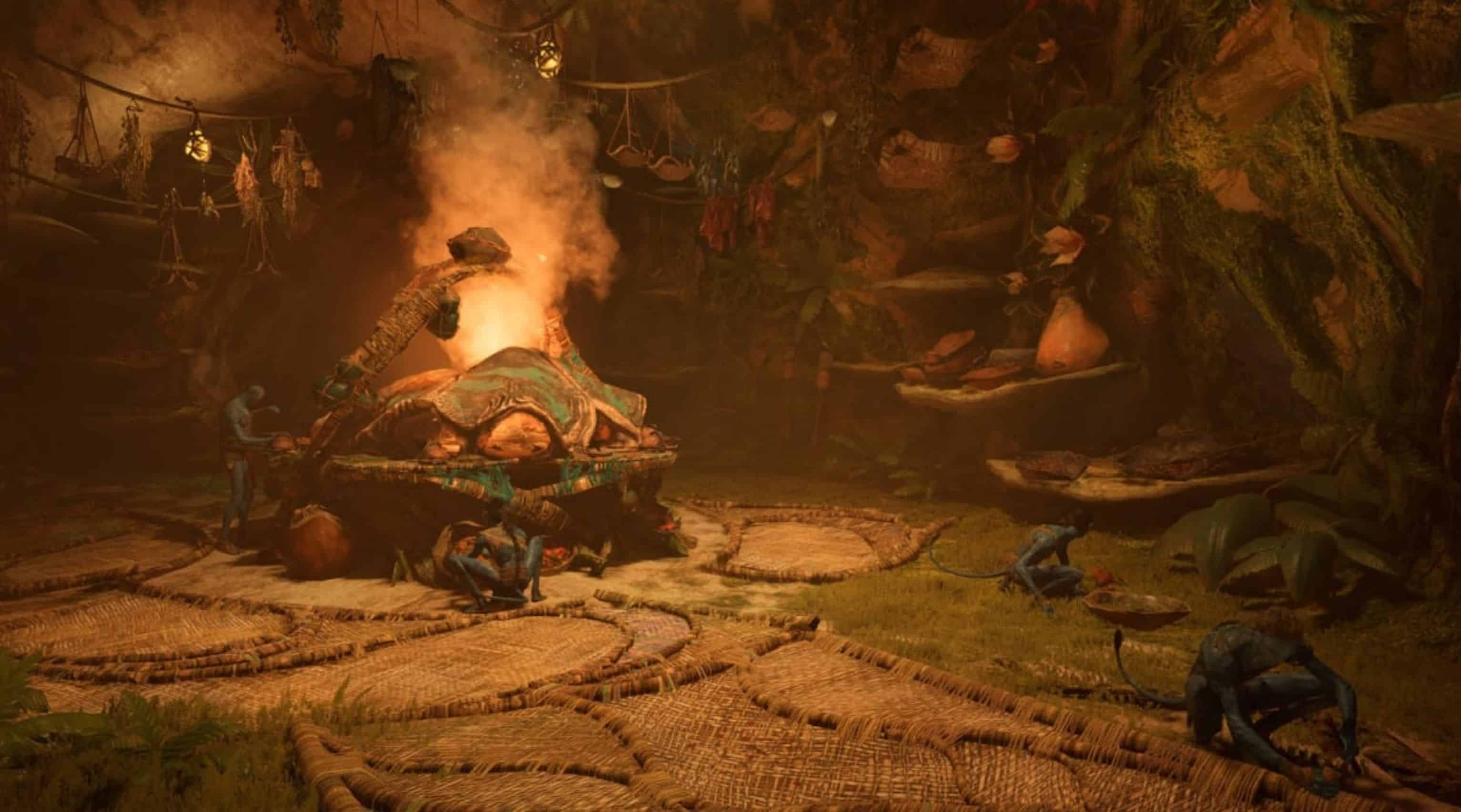
In the game, Na’vi food is generally a great deal more beneficial to the player than the RDA rations. What was the thinking about that both mechanically and thematically?
It was definitely our intent to make the Na’vi dishes more valuable to the player, and there are a couple of reasons for that. First, it’s all about effort vs. reward. The player has to harvest two ingredients and then combine them in a cooking station, which takes considerably more effort than just finding an RDA ration in an Installation or an Outpost or something. Therefore, the pay-off for that time investment needs to be worthwhile, which hopefully the buffs provide. Second, it was important to us that the player’s power primarily comes from nature and that reconnecting with the player character’s Na’vi heritage enabled them to grow stronger. Rations are created by the RDA and are not Pandoran or Na’vi; they represent the player’s human-dominated past. Na’vi dishes made with ingredients from Pandora itself represent the player’s future and desire to reconnect with their heritage.
Were there any aspects to the Na’vi culinary habits you would like to explore more in a sequel, if that ever comes to pass?
I can’t speak to anything except Avatar: Frontiers of Pandora, but I think there’s potential for expanding the buffs or maybe the specialty or hidden dishes in DLC. It’s also something we’ll monitor depending on how it connects with players, which is the beauty of the game being in the hands of players.

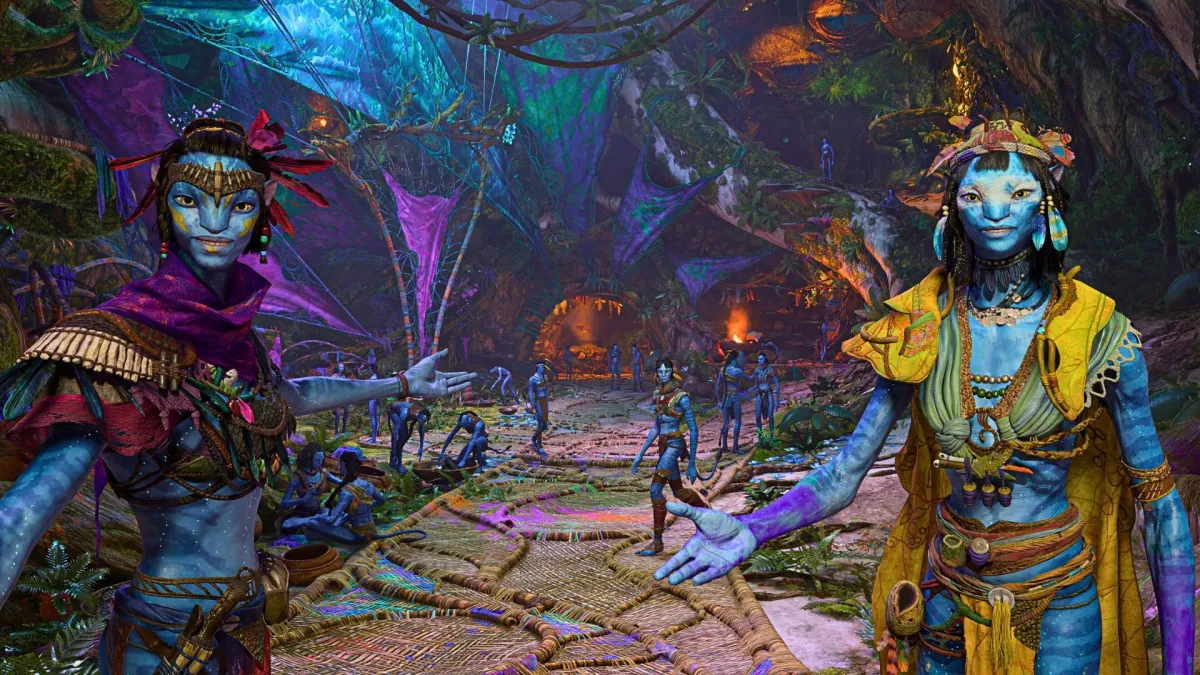
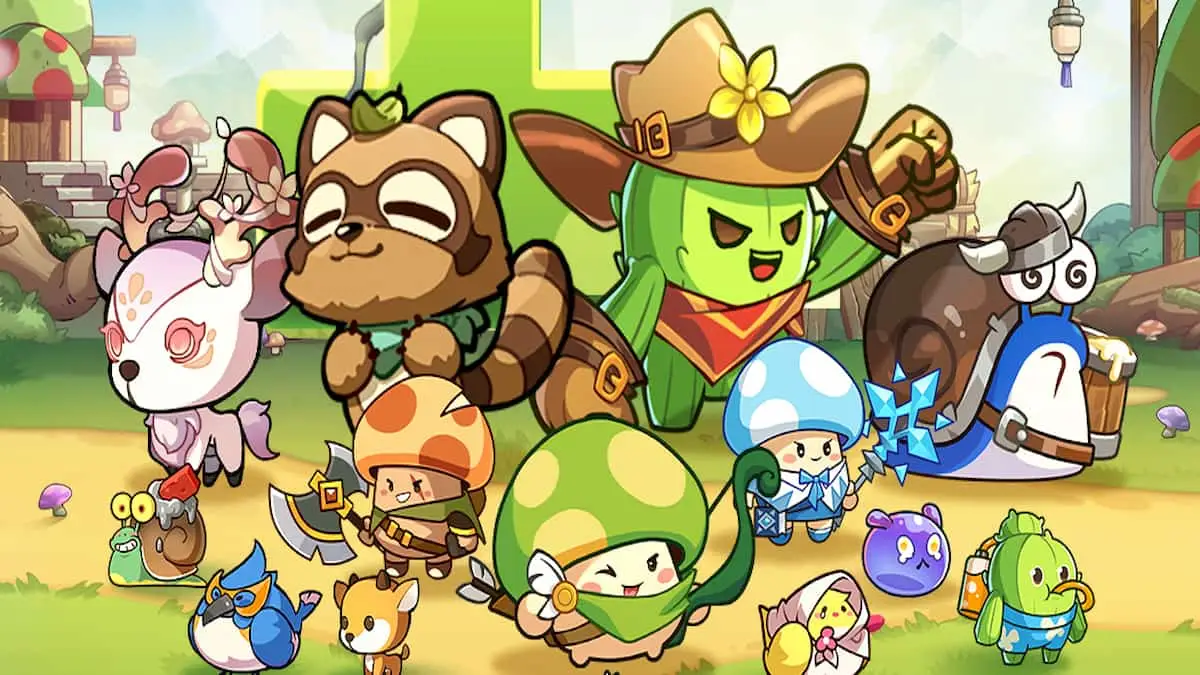
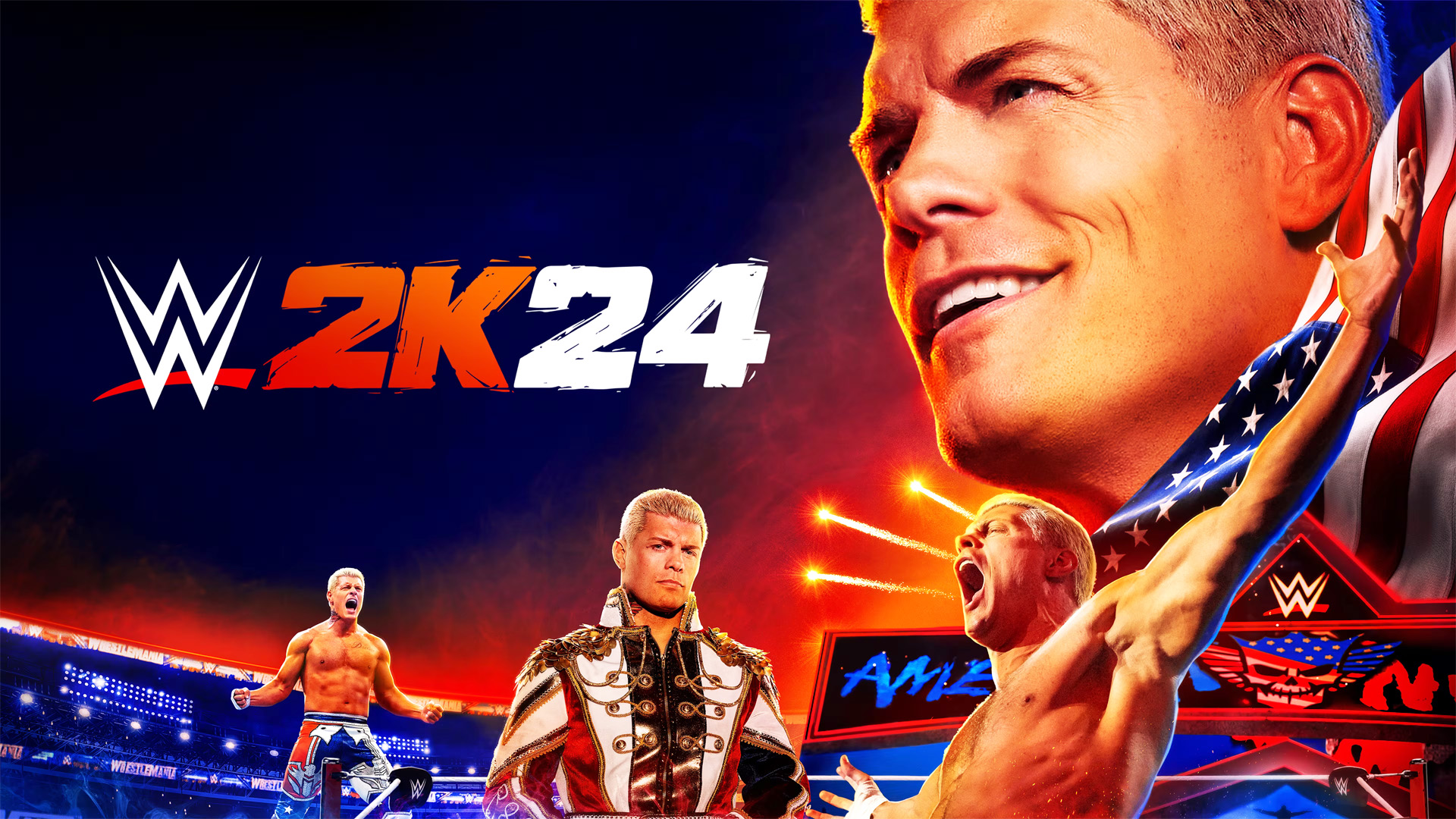
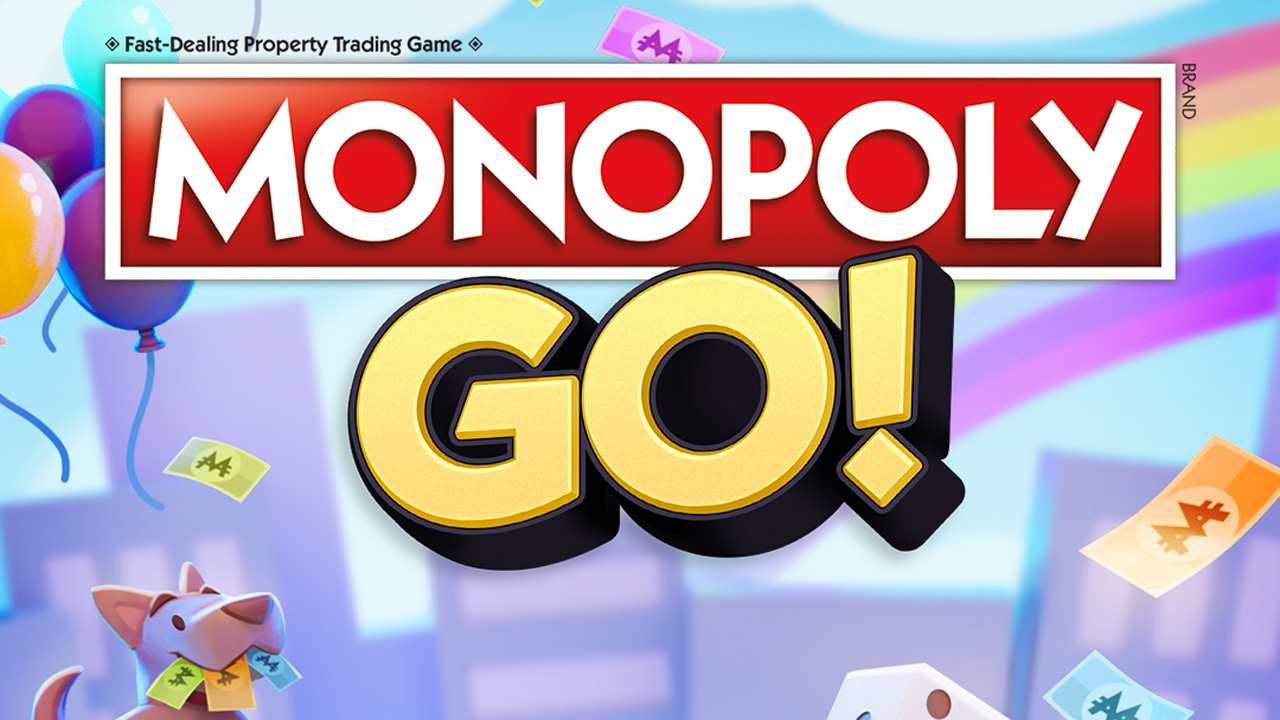
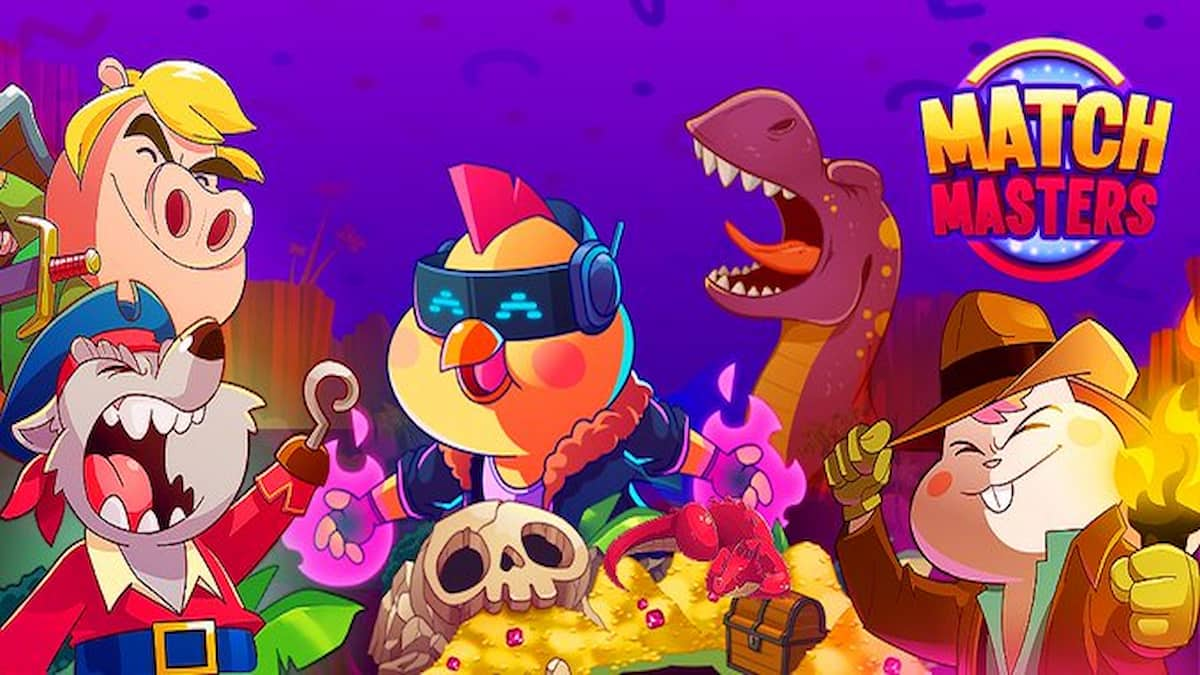
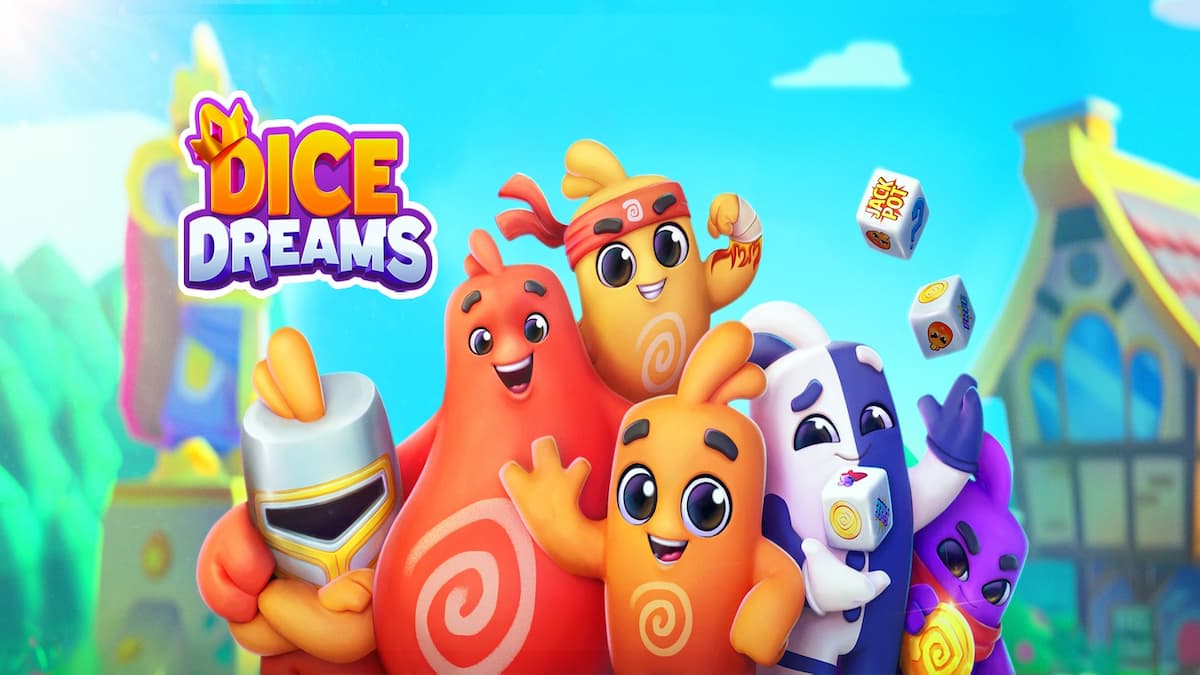
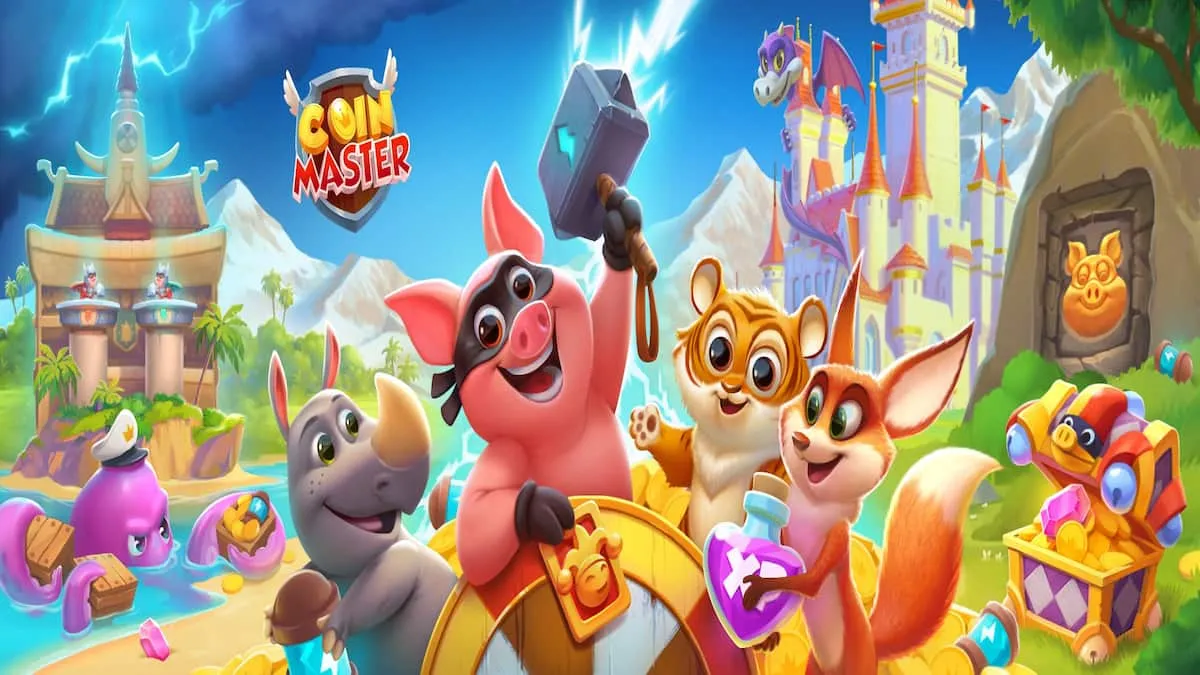
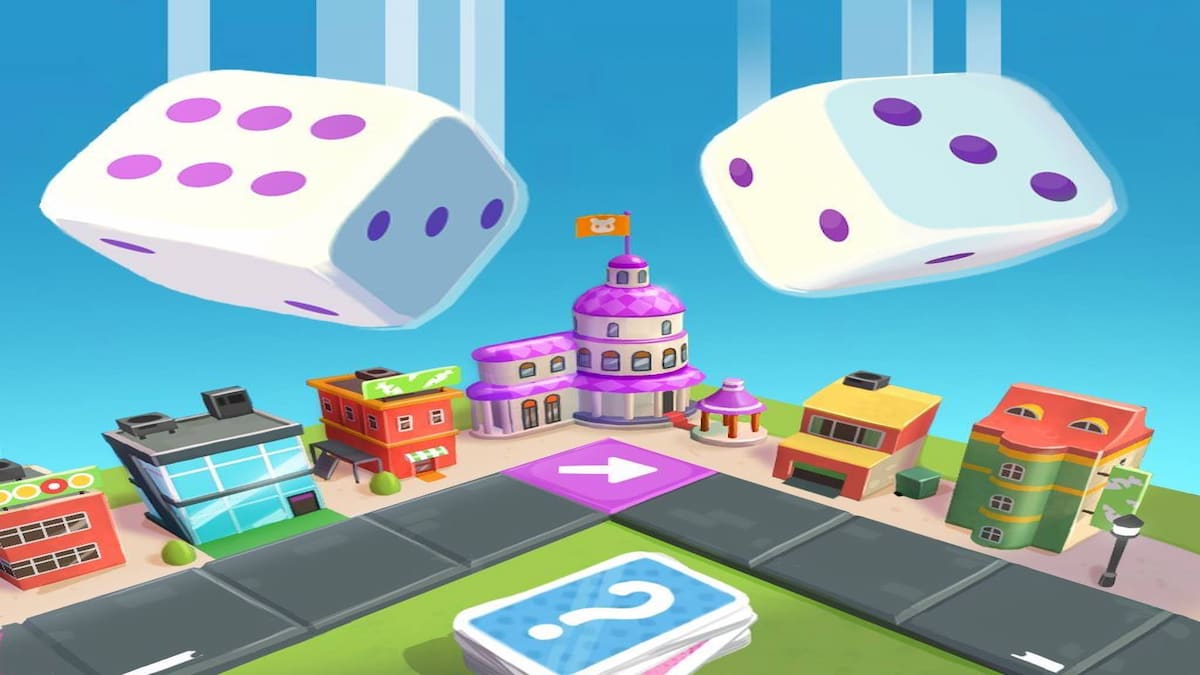
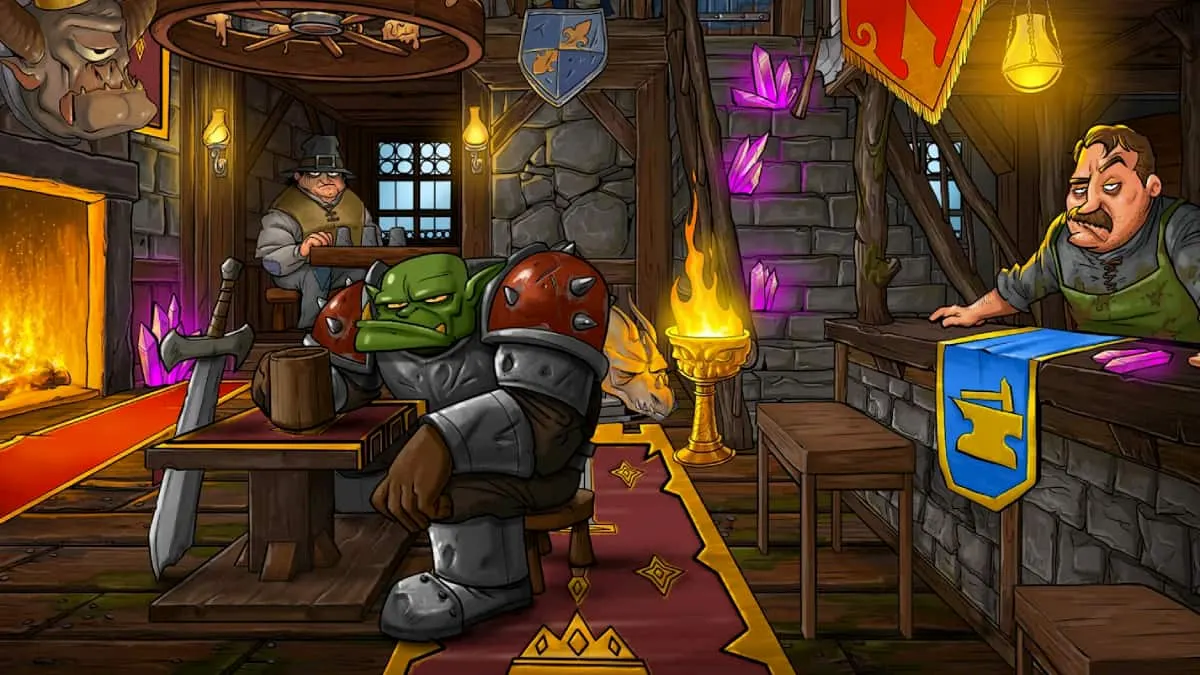
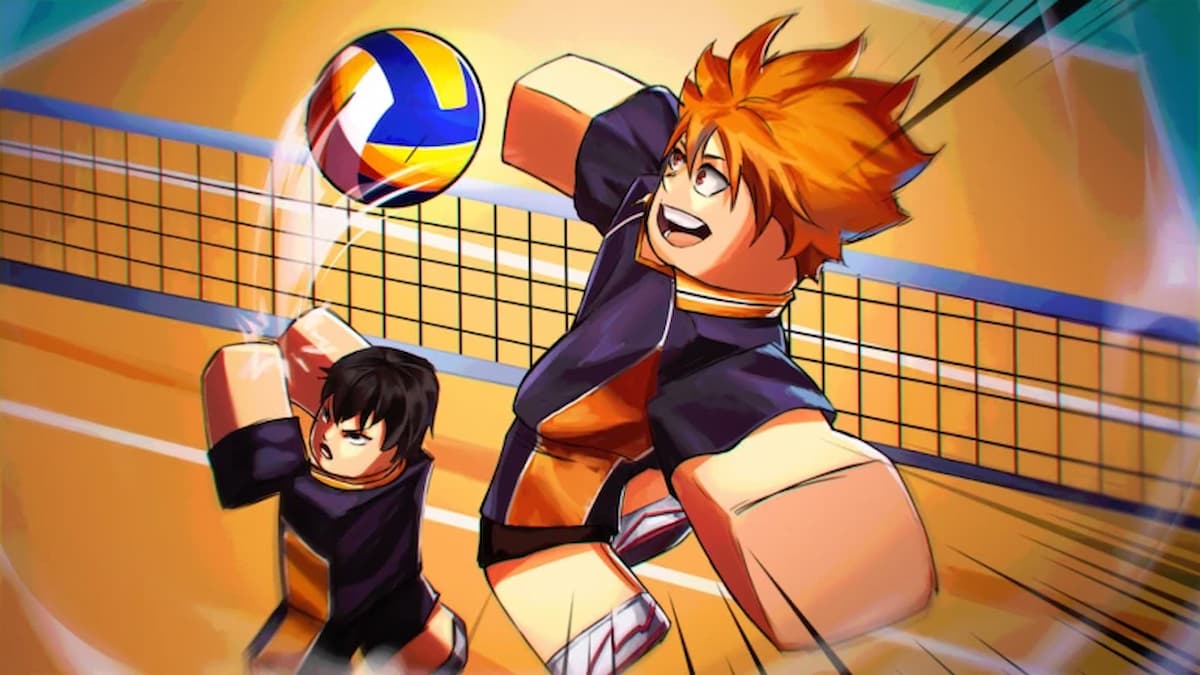

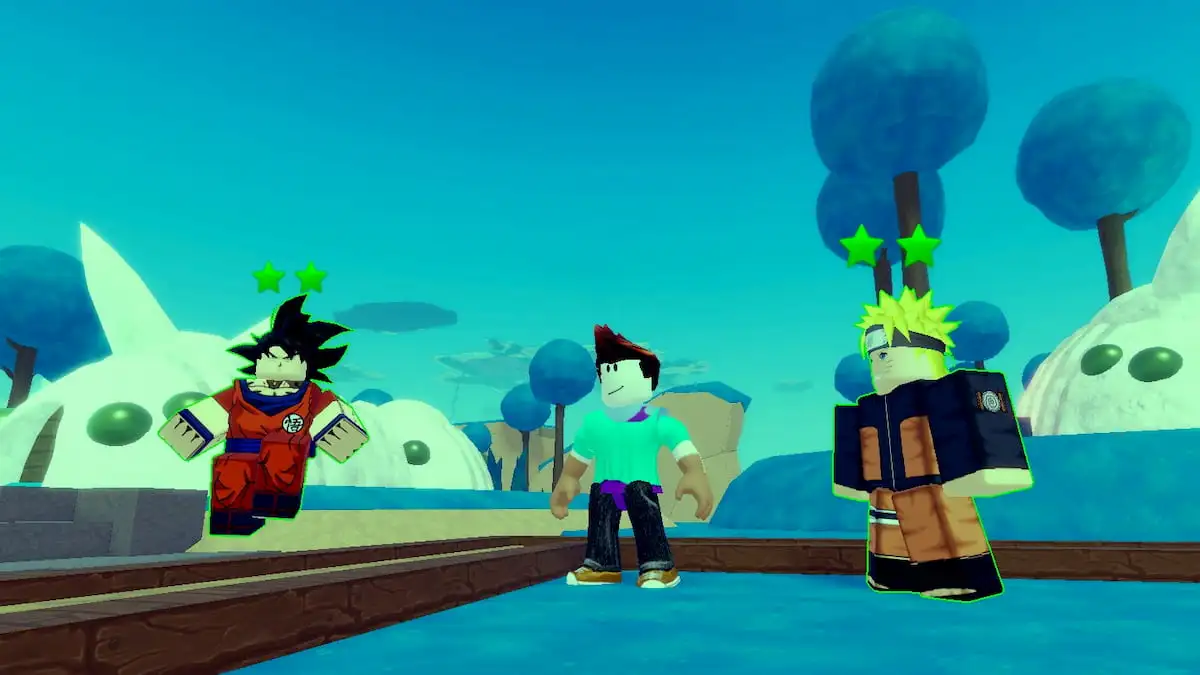

Published: Jan 2, 2024 5:14 PM UTC